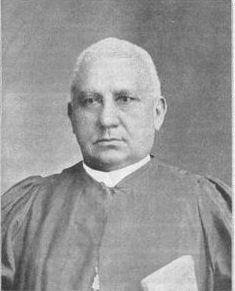The Freedman's Bureau was an agency put in place by Abraham Lincoln to aide the transition from slavery to freedom for the liberated slaves. It was put into place in 1865 and was initially only supposed to last a year after the end of the war. However, after the first year was up, most of what had been expected to be done had not been. Because of this, the Freedman's Bureau lasted until 1872 when President Ulysses S. Grant declared it unnecessary.
The Freedman's Bureau was a vital part of an era after the civil war called reconstruction. However, it was merely one of the many programs that the Lincoln administration put into place during this period. Reconstruction was enacted to help rebuild and rehabilitate the war ravaged south. Reconstruction also helped many newly freed slaves by educating them and finding them jobs. Reconstruction lasted for 14 years or from 1863 to 1877.
Another important part of reconstruction was the amendments passed after the war. Theses were the 13th, 14th, and 15th amendments. The 13th amendment abolished slavery in the United States, it was amended on December 6, 1865. The 14th amendment granted all former slaves citizenship, it was ratified on June 13, 1866. Finally, there was the 15th amendment. This granted all black citizens the right to vote, it was ratified on February 3, 1870.
A Freedman's Bureau Agent




